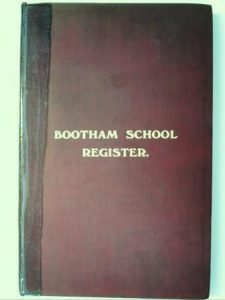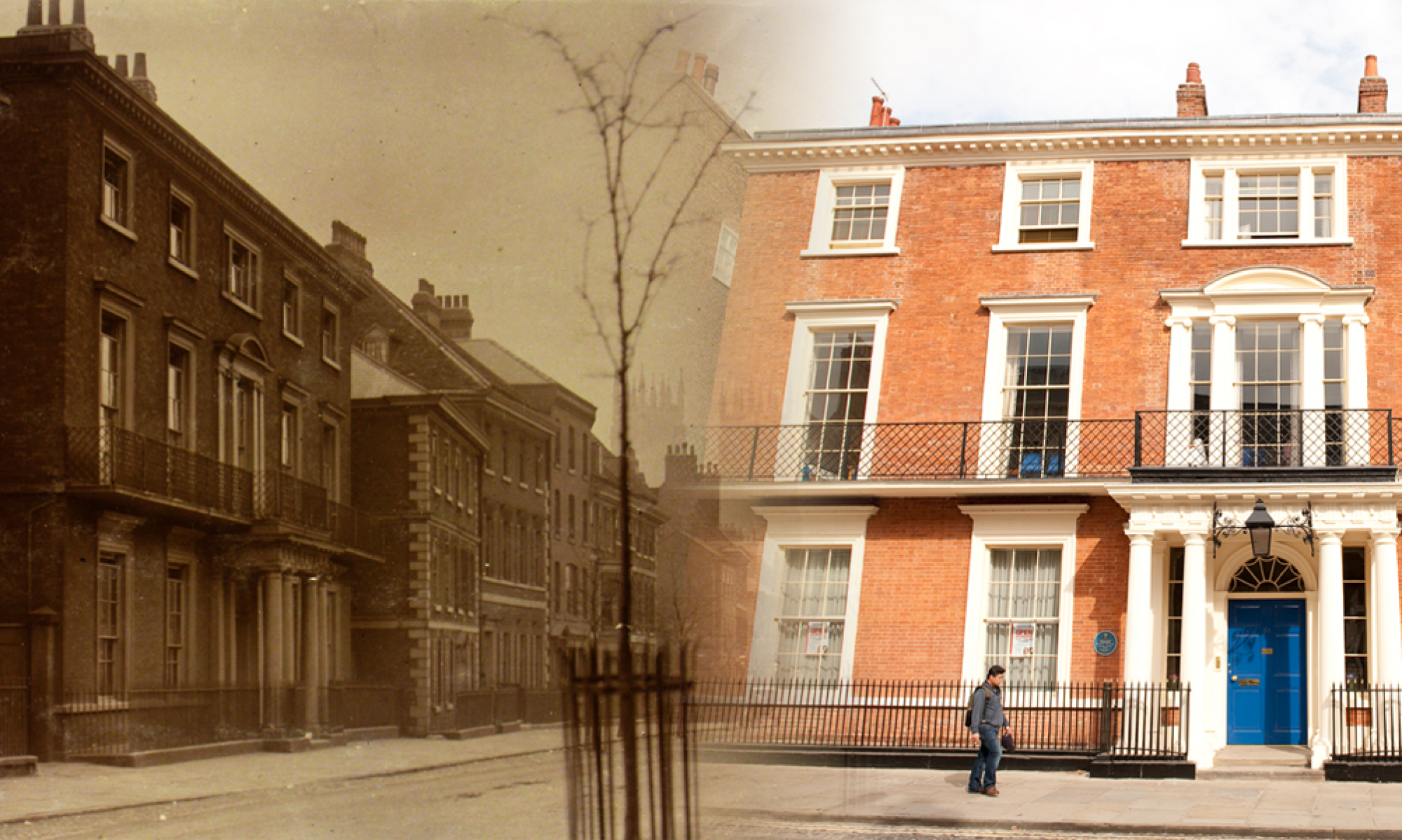In 1914 the first edition of the Bootham School Register was published. It included (as far as was known) the names, dates and biographies of all the boys that attended the school up to that date. 1988 names were included in all. As well as being a useful way of finding out about Old Scholars, it provides a useful insight into the period, for example what occupations people had, and how they spent their free time. It also includes a number of memories of schooldays. A number of the entries make reference to the character of the individual.

Below are some examples of extracts from the Register (hopefully the first in a series of posts).
Thomas Henry Allis (Lawrence St 1830-31) Osbaldwick, York, Commercial Traveller … Apprenticed to Jarvis Brady, Leeds, Grocer : later was with Godfrey Woodhead, Manchester : Latterly in shop, and then travelled for Tuke & Co., Tea Merchants, Castlegate, York : Taste – T.H.A. inherited much of his father’s taste as a naturalist – His sister, the late Elizabeth Pumphrey, wrote: “T.H.A. took to his Father’s Collection of Lepidoptera [group including butterflies and moths] and amalgamated them with his own, which was ultimately, I believe, second to but one out of London. This collection was, after T.H.A.’s death, presented to the York Museum. T.H.A. was accustomed to go into the woods with a dark lantern to sugar the trees and fences, and on returning the following evening to capture such moths, etc., as were caught : On one occasion he was accosted as a poacher by a keeper near Heslington. One summer he thought that the Convolvulus Sphinx moth ought to be found about a bed of Petunias that he saw in James Backhouse’s Nurseries in Fishergate, and he persisted in going to the gardens night after night until he was rewarded by finding numbers of what was thought to be almost extinct in the neighbourhood….”
William Henry Broadhead (Bootham 1855-58) An enthusiastic archaeologist and naturalist ; Spent much time in photographing and recording the Templar Marks on old houses in Leeds, most of which are now pulled down : embodied results of researches in paper read before Thoresby Society : Also interested in Egyptology, especially in connection with Pyramids : Hobbies – Photography, lock-mending.
Samuel Southall Burlingham (Bootham 1870-72) Hobbies – A devotee of fen skating and touring on the ice (when there is any in England). In 1881 traversed on ice almost the whole distance from the mouth of the River Nene to the Trent, near Gainsborough, via Spalding, Boston and Lincoln. In 1903 skated nearly 100 miles in one day.
Jackson Ebenezer Day (Lawrence St 1839) Within 5 minutes of his arrival at Lawrence Street he produced from his playbox a football, which he kicked across the playground. Up went a window, and J. Ford called out “Ebenezer Day, we do not allow such rough games as football here.” Many years after [in1862] J. Ford introduced the game himself, giving the ball the first kick.

